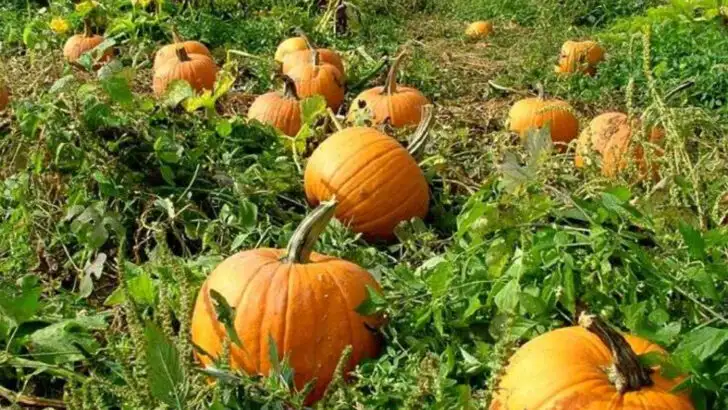Long before modern supermarkets and delivery apps, growing food at home was a matter of survival—not choice. Your great-grandmother didn’t plant a garden to show off pretty blooms or post perfect produce photos—she did it to feed her family through wars, droughts, hard winters, and economic collapse. Every seed had a purpose. Every harvest was an act of resilience.
While today’s gardens often focus on flavor or aesthetics, the old ways prioritized something even more important: reliability. These crops were chosen for their hardiness, shelf life, and the ability to thrive under tough conditions—without fancy fertilizers, constant watering, or modern tools. From nutrient-dense roots to multi-use leafy greens, Great-Grandma’s garden was a masterclass in sustainable, practical growing.
Now, with rising food prices and renewed interest in self-reliance, it’s time to rediscover the crops that sustained generations before us. These 18 tried-and-true plants aren’t just relics—they’re powerful allies for anyone who wants to eat well, save money, and build a more resilient lifestyle from their own backyard. Great-Grandma knew what she was doing—and it’s worth paying attention.
Potatoes
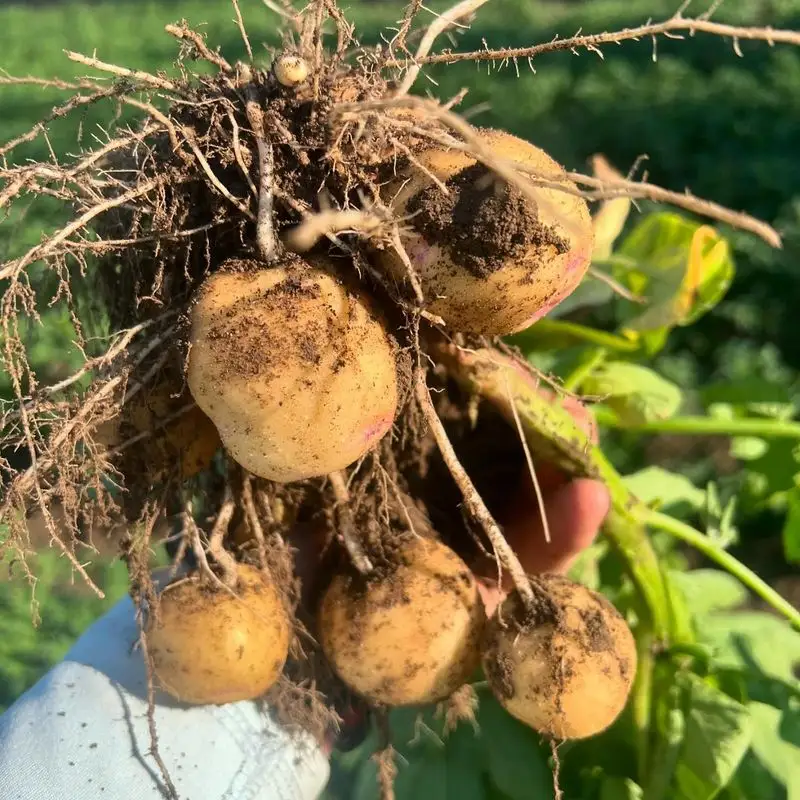
Potatoes have long been a staple in survival gardens. These tubers are incredibly versatile and can thrive in various climates. Their ability to store well makes them a reliable food source throughout the winter months. Historically, during times of scarcity, families turned to potatoes for their high caloric content.
The nutritional value, including vitamins C and B6, adds to their appeal as a survival crop. They can be prepared in countless ways, from boiling to baking, ensuring variety in meals. Potatoes are not just a food source; they represent resilience and resourcefulness.
Carrots
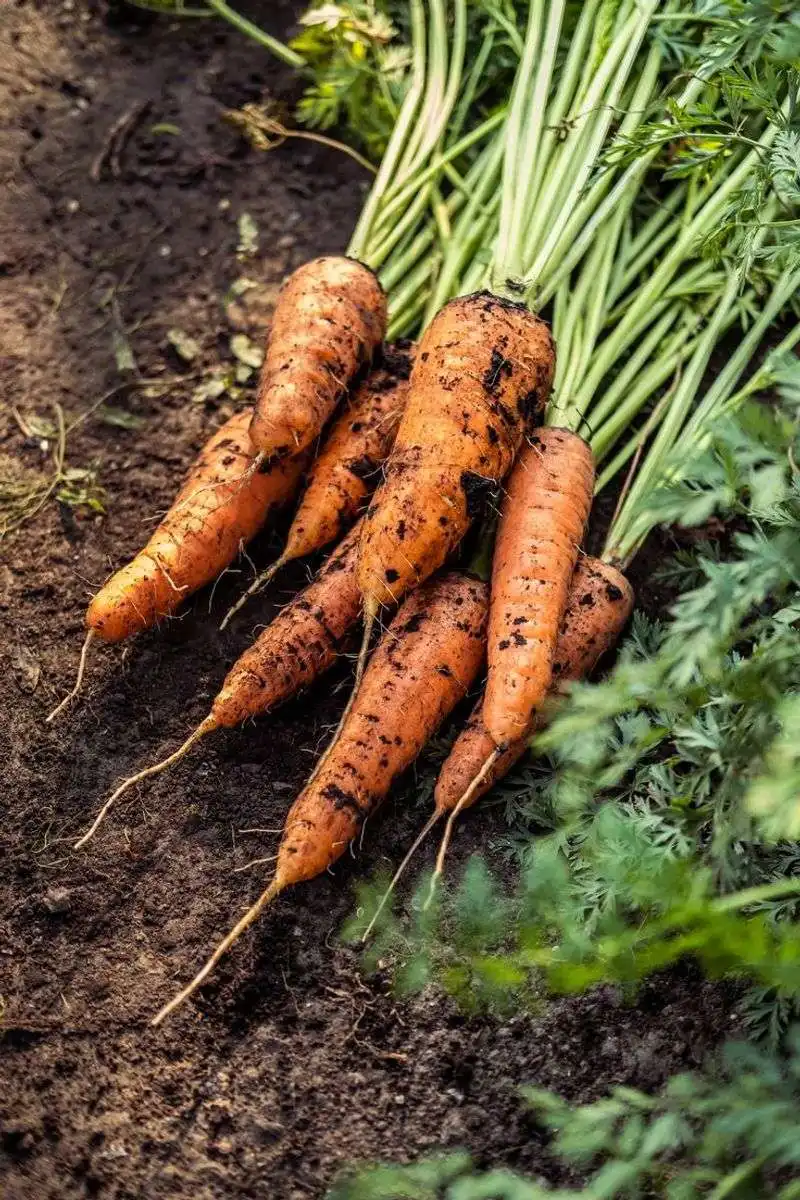
Bright and sweet, carrots have been cherished for their adaptability and nutritional benefits. These root vegetables can grow in a range of soil types and conditions, making them a favored choice among gardeners. Their long shelf life when stored properly provides an extended source of vitamins.
Packed with beta-carotene, carrots are essential for maintaining good vision and a healthy immune system. They have been a colorful addition to dinner tables for generations, offering a crunch that both kids and adults love. Carrots are a symbol of health and vitality.
Beans
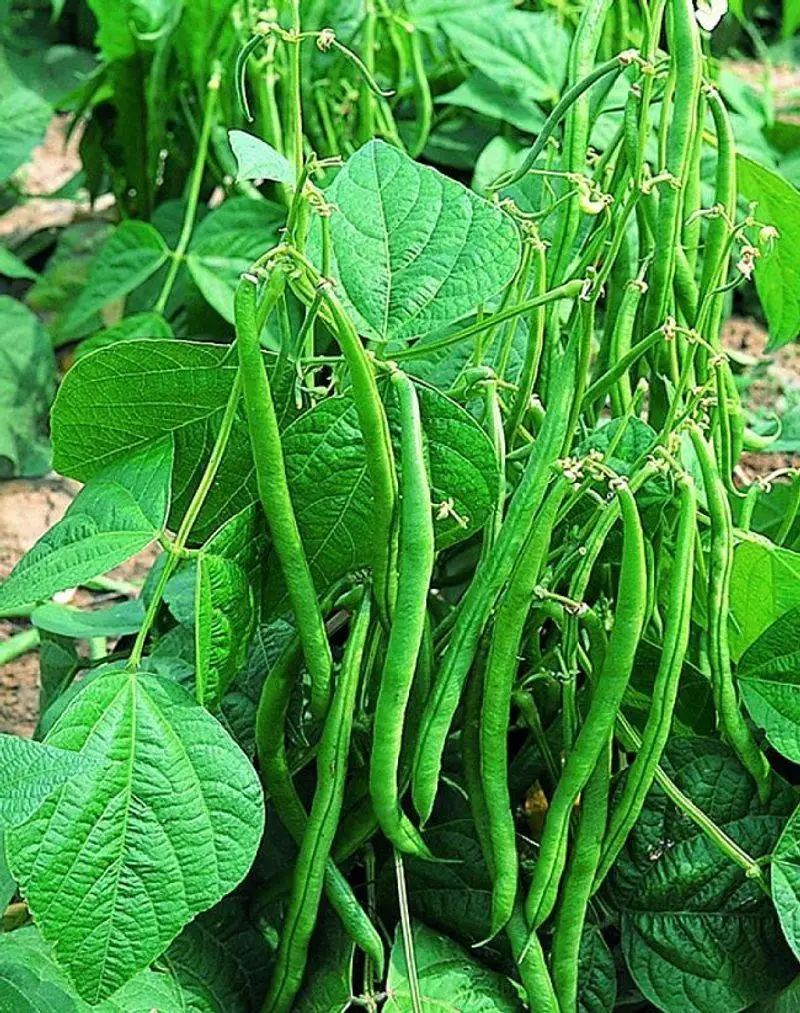
Beans are a powerhouse of protein and fiber, making them a critical component of a survival diet. These legumes are easy to grow and require minimal care, thriving in a variety of environments. Their ability to fix nitrogen in the soil is an added benefit for gardeners looking to improve soil fertility.
From black beans to lentils, their diversity is matched by their nutritional value. Beans have been a cornerstone of diets around the world, providing essential nourishment. They encapsulate the spirit of sustenance and simplicity.
Cabbage
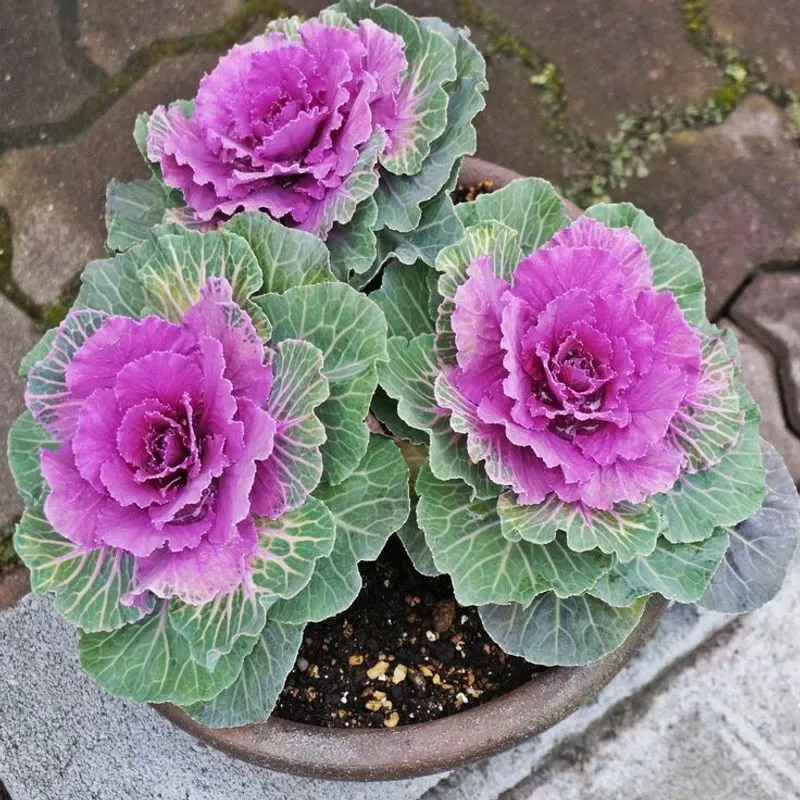
Cabbage, with its hearty leaves, has been a dependable crop for many households. Known for its ability to withstand cold temperatures, it provides a source of fresh greens when other vegetables are scarce. Cabbage can be fermented into sauerkraut, extending its shelf life and nutritional benefits.
Rich in vitamins K and C, cabbage supports bone health and boosts the immune system. Its versatility in the kitchen, from stews to salads, makes it a valuable addition to any garden. Cabbage stands as a testament to enduring nourishment.
Corn
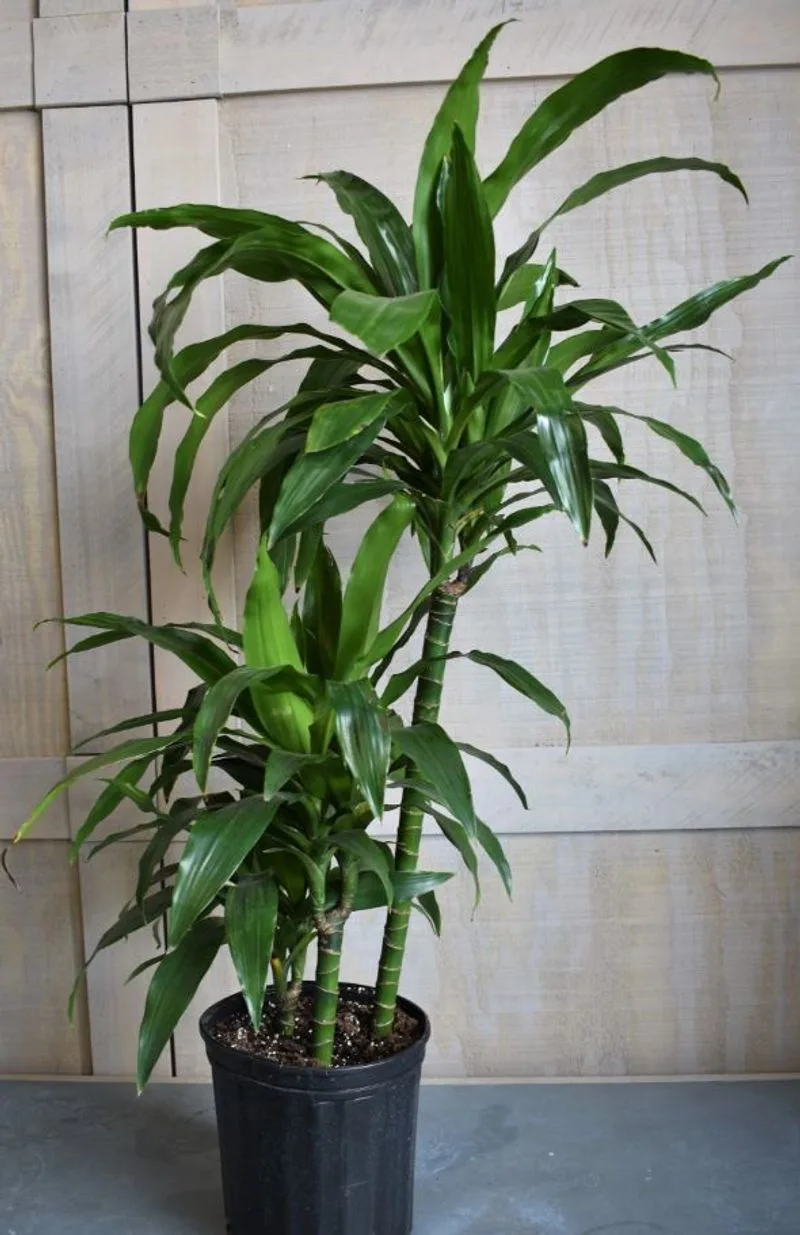
Corn has played a crucial role in agricultural history, providing sustenance across continents. Known for its high yield, corn is a source of carbohydrates and can be used in numerous dishes. Its kernels can be dried and stored for long periods, offering food security during lean times.
Whether enjoyed fresh on the cob or ground into flour, corn’s versatility is unparalleled. This crop not only feeds families but also livestock, reinforcing its importance in survival farming. Cornfields symbolize both abundance and reliability.
Squash
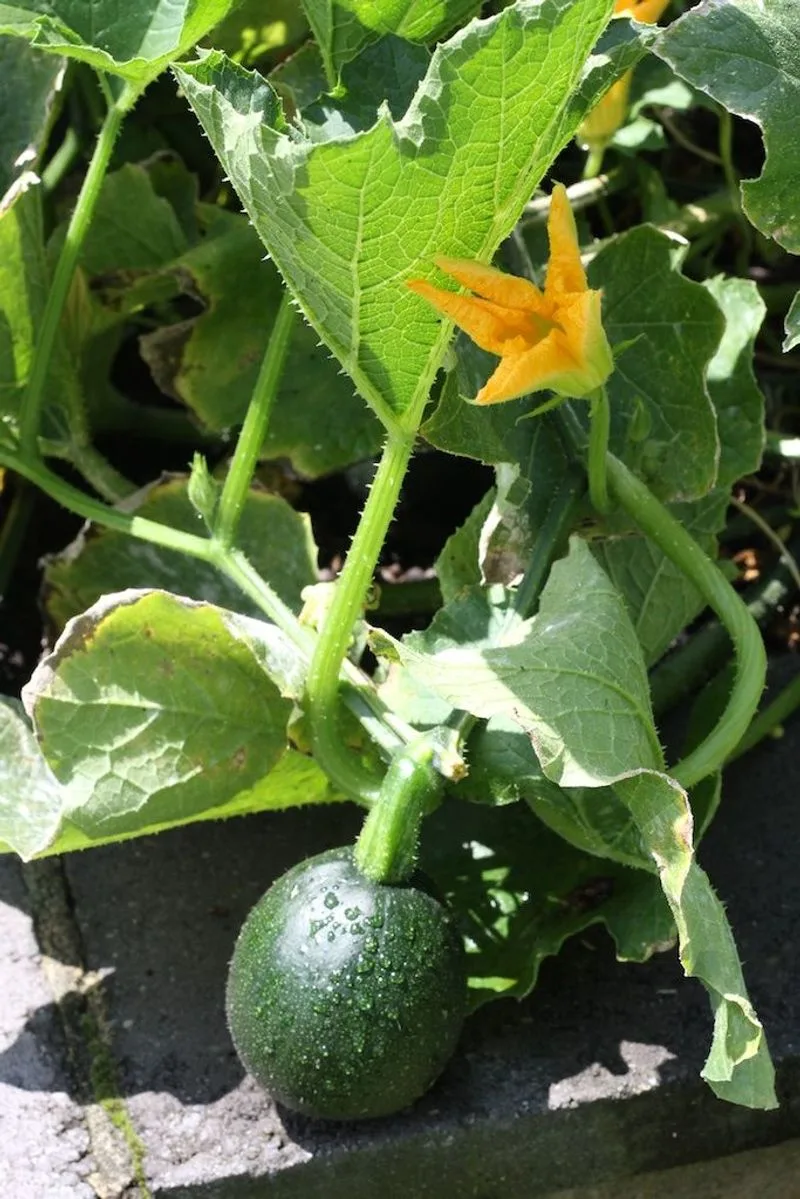
Squash, with its diverse shapes and vibrant colors, is more than just a festive decoration. These plants are highly productive, with some varieties maturing in just a few months. Rich in vitamins A and C, squash provides essential nutrients during the growing season.
Its thick skin allows for extended storage, making it a staple in winter pantries. Squash can be roasted, steamed, or pureed, offering flexible culinary possibilities. The resilience and adaptability of squash make it a beloved choice in survival gardens.
Tomatoes
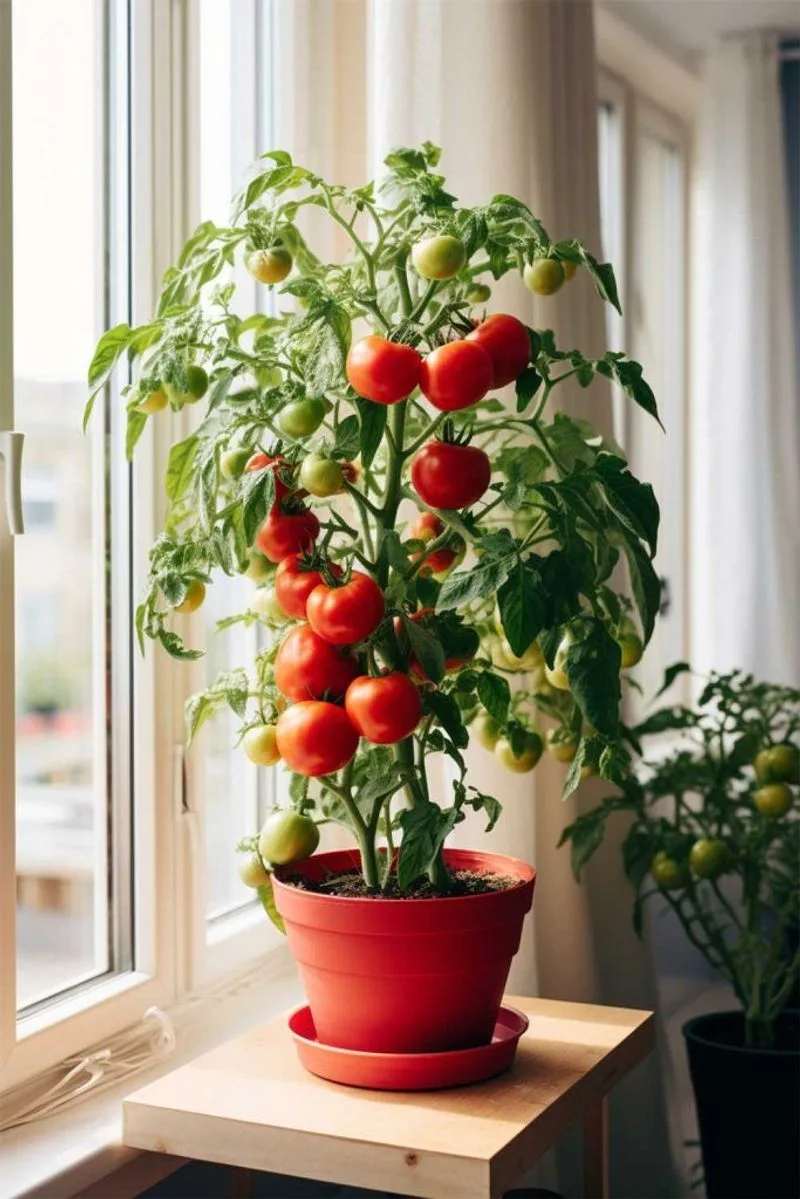
Juicy and full of flavor, tomatoes are a garden favorite for their culinary versatility and health benefits. These plants thrive in sunlight and can be grown in various conditions, making them accessible to many growers. Tomatoes are rich in lycopene, which supports heart health.
From sauces to salads, they add a burst of color and taste to meals. Preserving them as sauces or dried forms extends their use beyond the harvest season. Their vibrant presence in a garden represents the joy of homegrown produce.
Onions
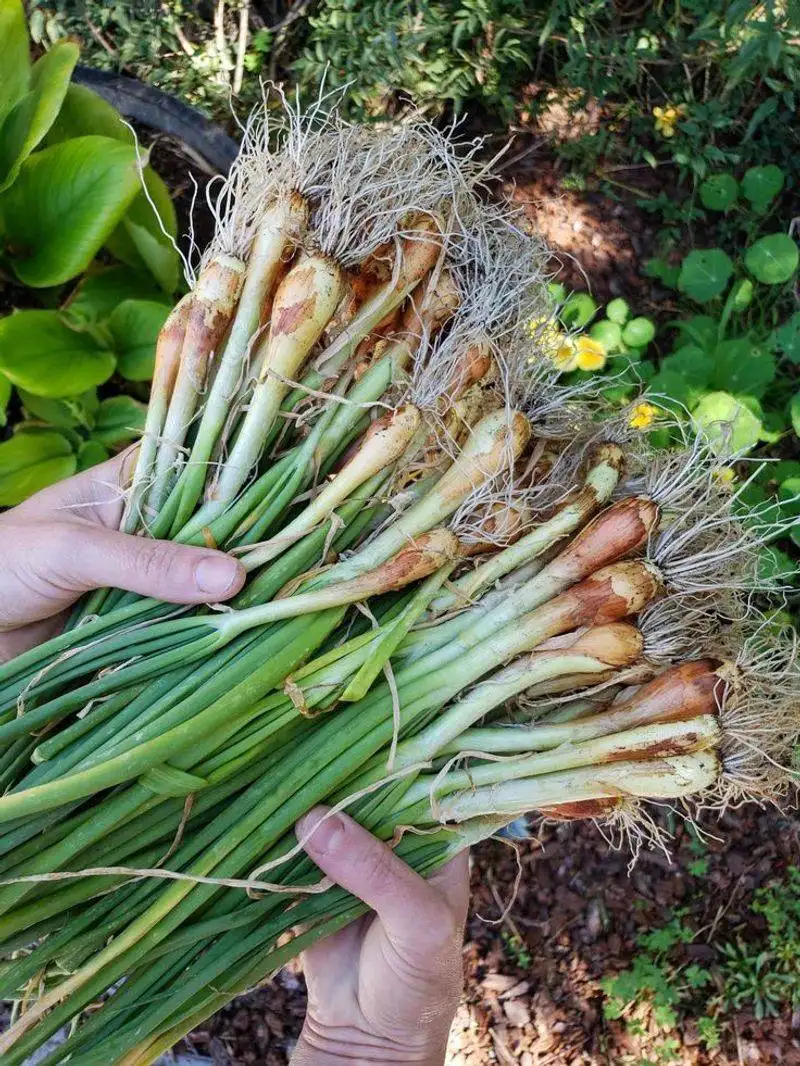
Onions have been a culinary staple for centuries, prized for their flavor and preservative qualities. Easy to grow and store, they can thrive in various soil types. Onions add depth to dishes and are crucial in many traditional recipes.
Rich in antioxidants, they offer health benefits such as improved heart health and immune support. Whether caramelized or raw, onions provide a foundation for countless meals. Their enduring presence in kitchens highlights their indispensable role in cooking.
Garlic
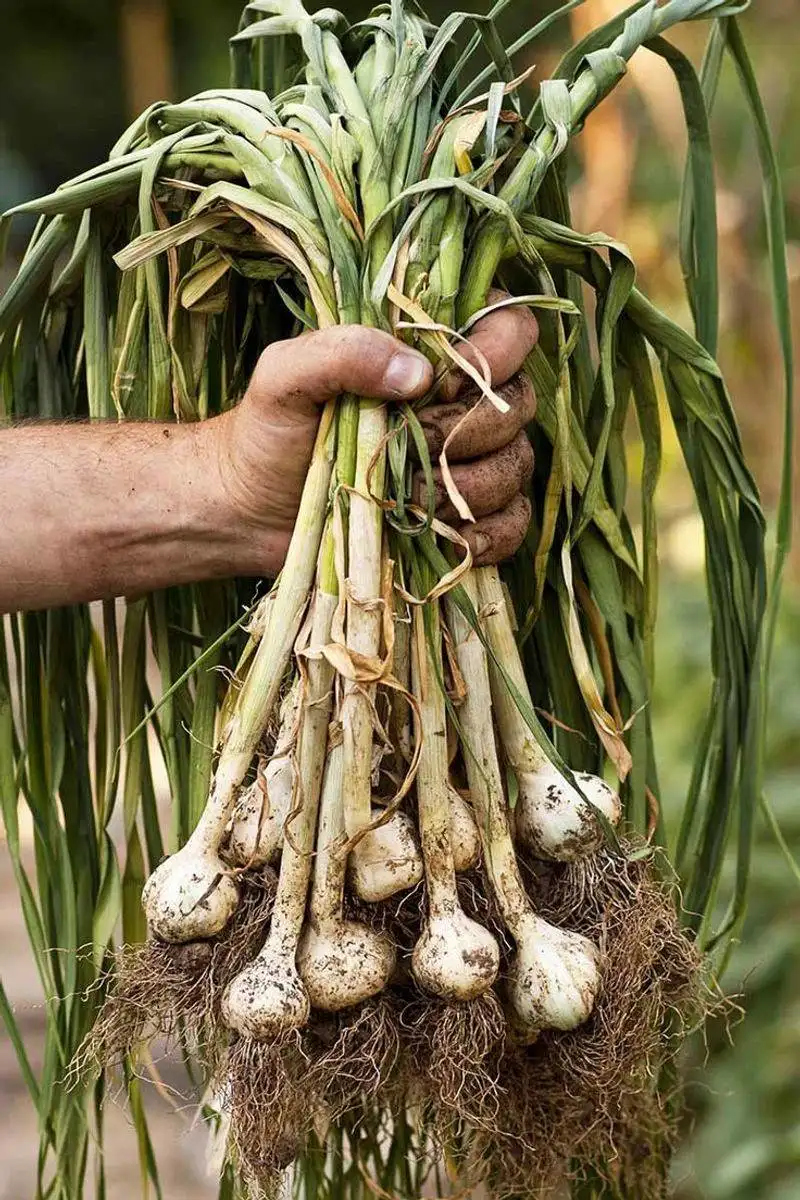
Garlic, known for its pungent aroma and flavor, is a prized ingredient in many culinary traditions. Its easy cultivation and long storage life make it a valuable crop for survival gardeners. Garlic’s antibacterial properties have been recognized for centuries.
Beyond its culinary uses, it’s appreciated for its medicinal qualities, supporting cardiovascular health and boosting immunity. Used fresh or dried, garlic enhances the taste of numerous dishes. Its presence in a garden represents a fusion of flavor and health benefits.
Peas
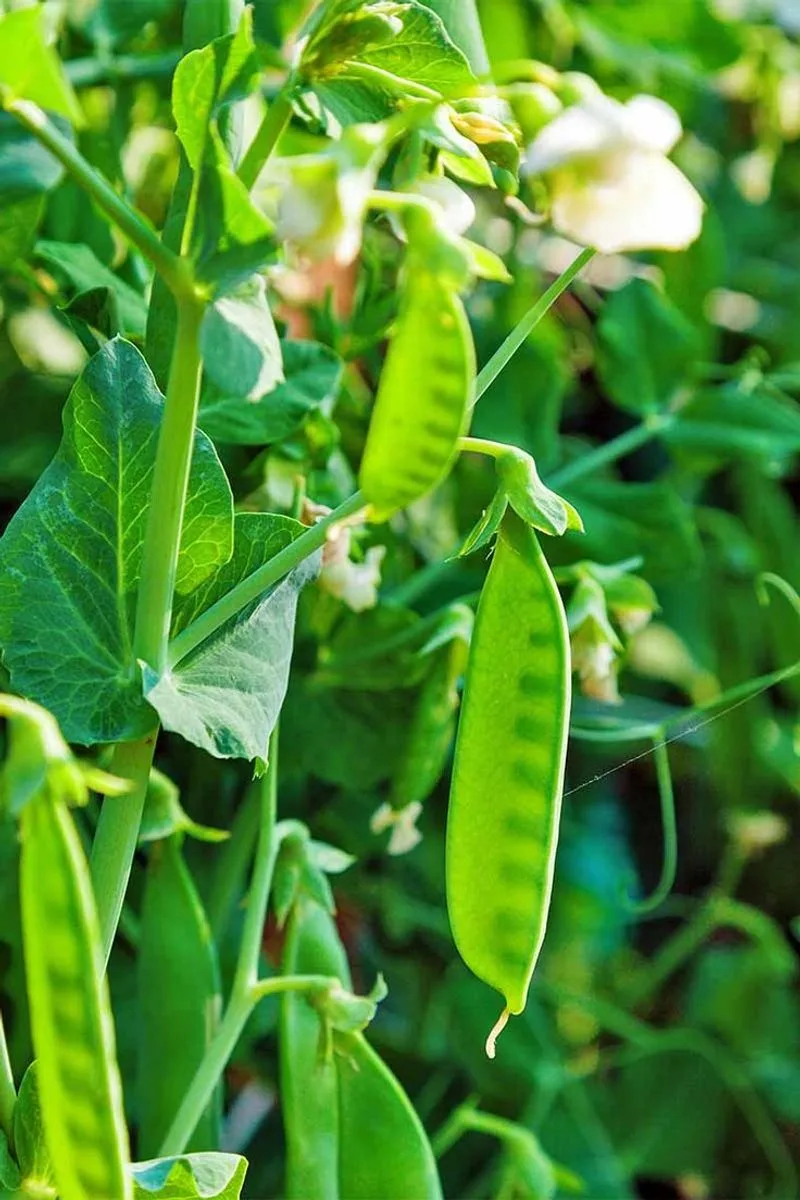
Peas, with their sweet taste and tender texture, are a springtime favorite in gardens. These legumes are rich in protein and fiber, offering nutritional benefits that support a balanced diet. Peas thrive in cooler climates and can be grown in a variety of soils.
Their early harvest ensures a fresh supply of vegetables before many other crops mature. Whether eaten fresh or preserved, peas add a burst of green to meals. Their growth symbolizes the renewal and vitality of the spring season.
Turnips
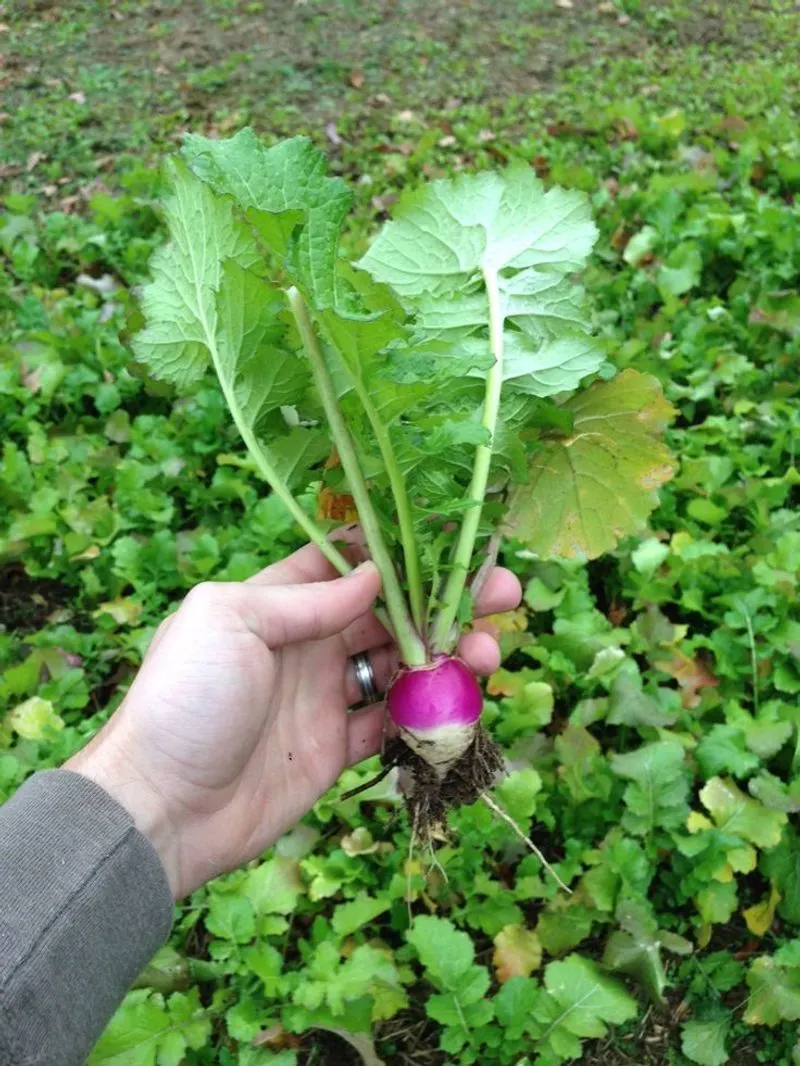
Turnips, often overlooked, are a hardy crop that can withstand frost and poor soil conditions. Their roots and greens provide dual nutritional benefits, making them a valuable addition to any survival garden. Rich in vitamins C and K, they support overall health.
The mild flavor of turnips complements a variety of dishes, from soups to stews. They store well, extending their utility beyond the harvest season. The humble turnip embodies resilience and practical nourishment.
Beets
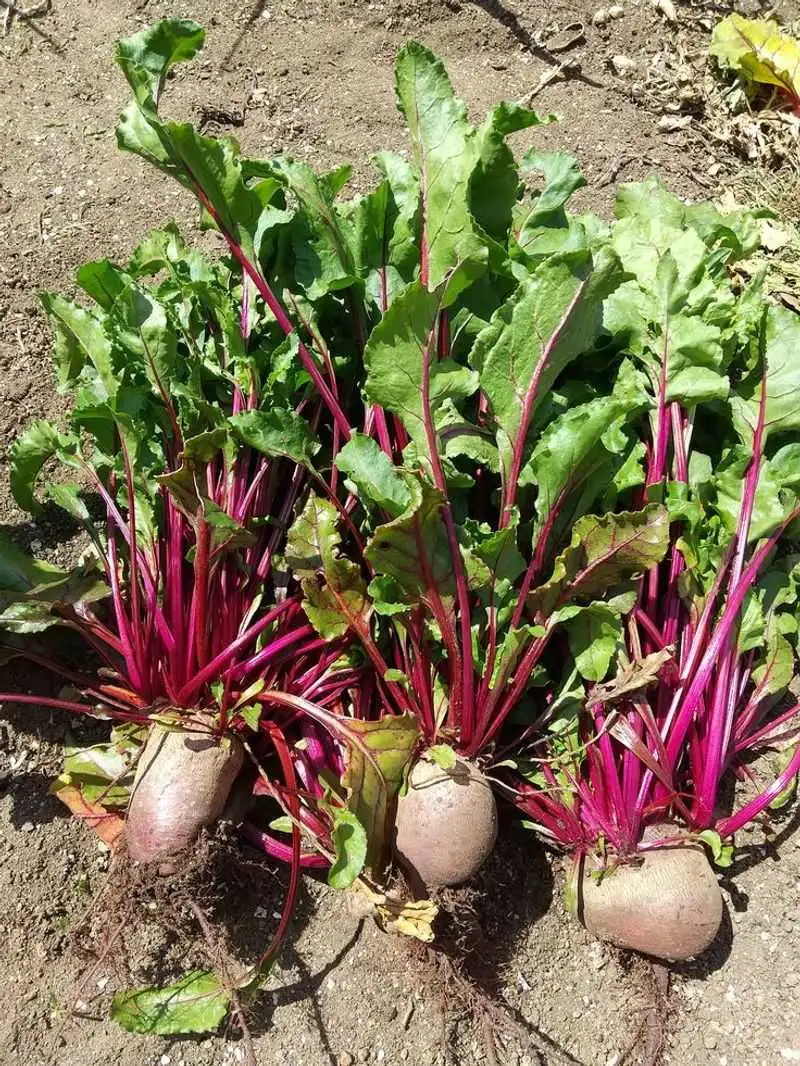
Beets, with their earthy sweetness, are a versatile crop loved for both their roots and greens. They thrive in moderate climates and can be grown in various soil types. Rich in folate and manganese, beets offer numerous health benefits.
Their vibrant color adds visual appeal to dishes, while their natural sugars enhance flavor. Beets can be roasted, pickled, or juiced, providing diverse culinary uses. They stand as a symbol of nourishment and vitality in the garden.
Radishes
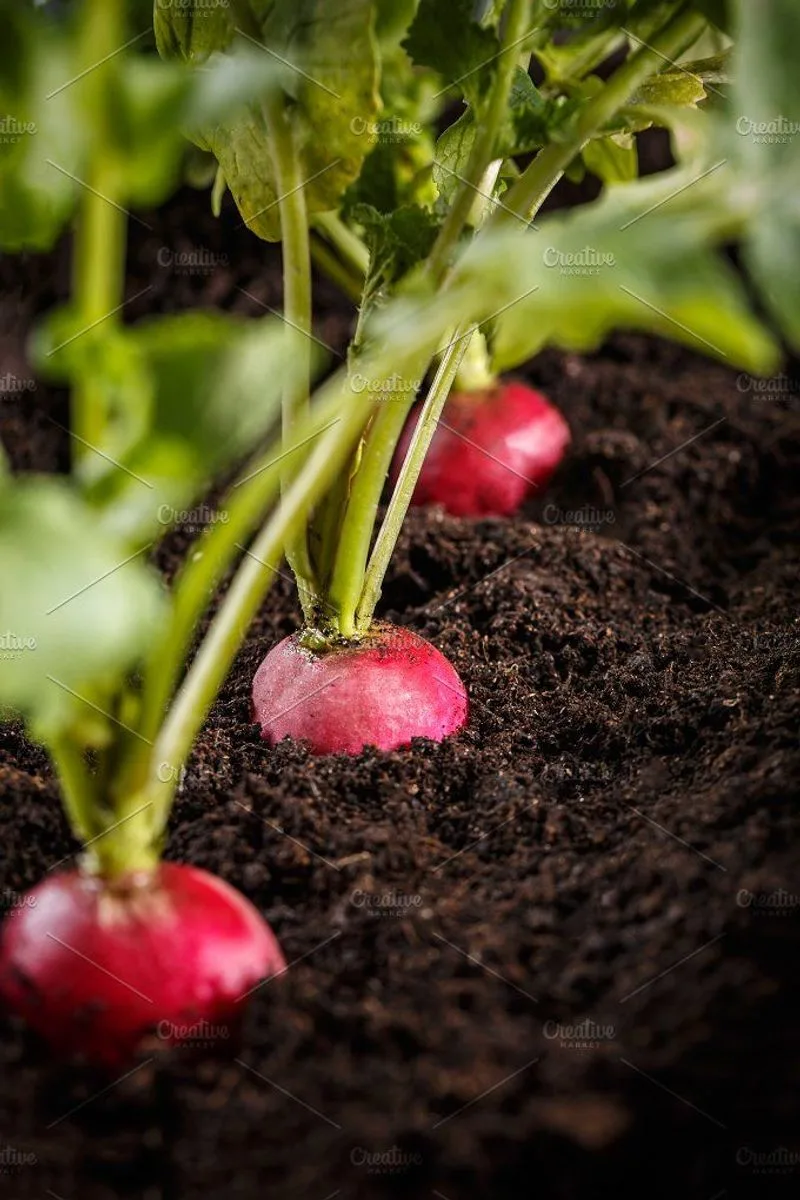
Radishes, with their peppery crunch, are a quick-growing crop that brings a burst of flavor to meals. These root vegetables thrive in cool weather and can be harvested in just a few weeks, offering a fast return in the garden.
Rich in vitamin C, radishes support immune health and add a refreshing bite to salads and dishes. Their vibrant color and unique taste make them a favorite among gardeners seeking variety. Radishes embody the spirit of rapid growth and renewal.
Sweet Potatoes
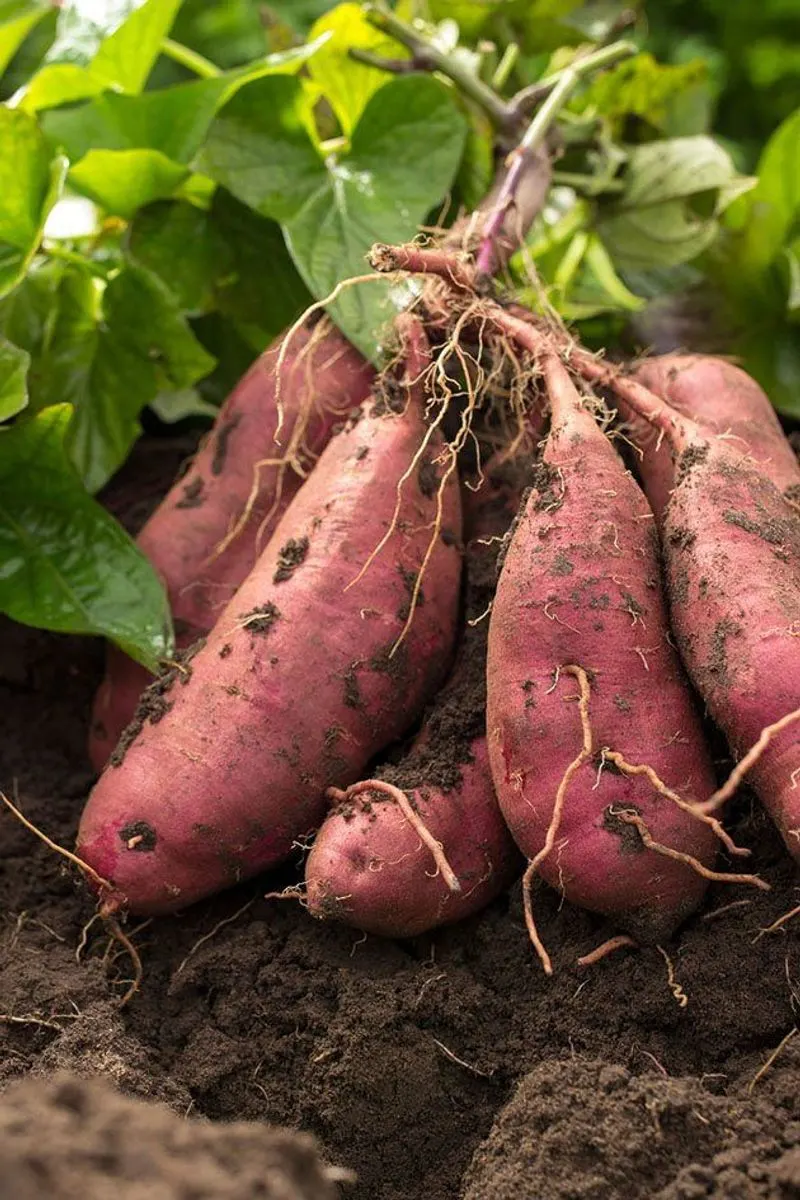
Sweet potatoes, known for their rich flavor and nutritional profile, are a beloved crop in many cultures. These tubers thrive in warm climates and can be cultivated in diverse soil conditions. Packed with vitamins A and C, they support vision and immune health.
Their natural sweetness adds depth to both savory and sweet dishes. Sweet potatoes store well, making them a reliable food source throughout the year. They symbolize comfort and enduring nourishment in the garden.
Pumpkins
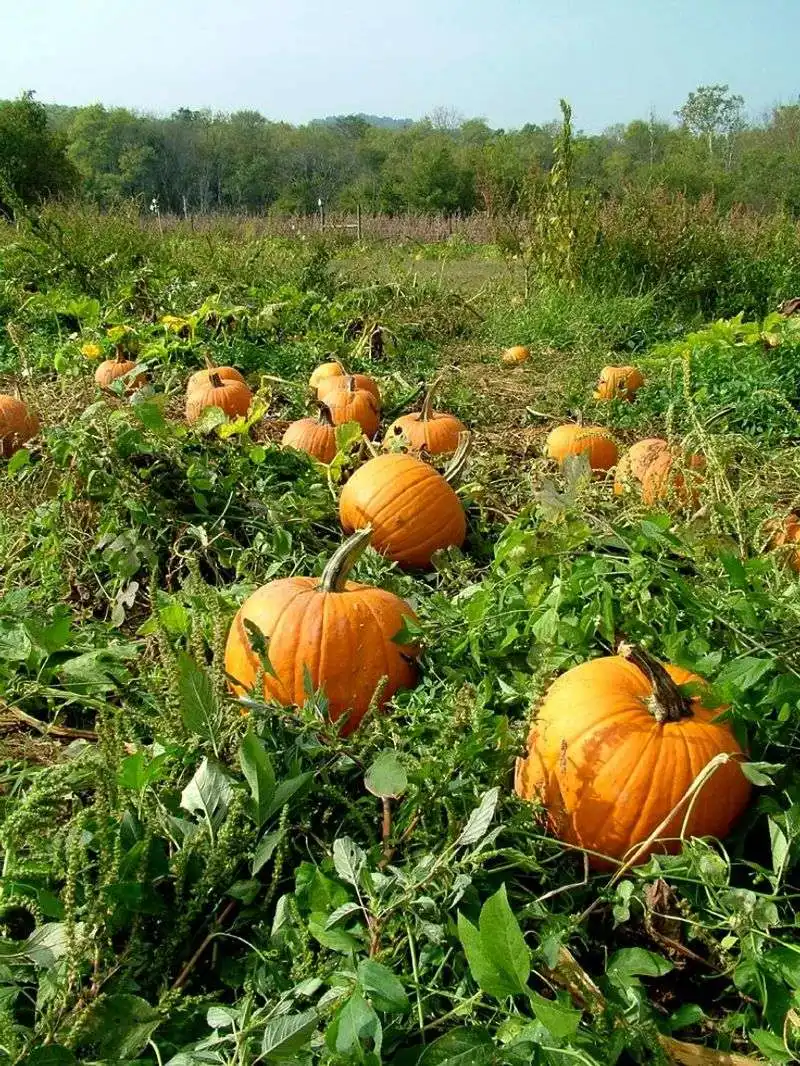
Pumpkins, with their vibrant orange hue, are synonymous with fall and harvest time. These robust fruits are not only decorative but also provide a bounty of nutritional benefits. High in vitamins A and C, pumpkins support immunity and vision.
Their seeds offer additional nourishment, making them a comprehensive food source. From soups to pies, pumpkins are celebrated in a variety of dishes. They capture the essence of autumn and abundance in the garden.
Parsnips
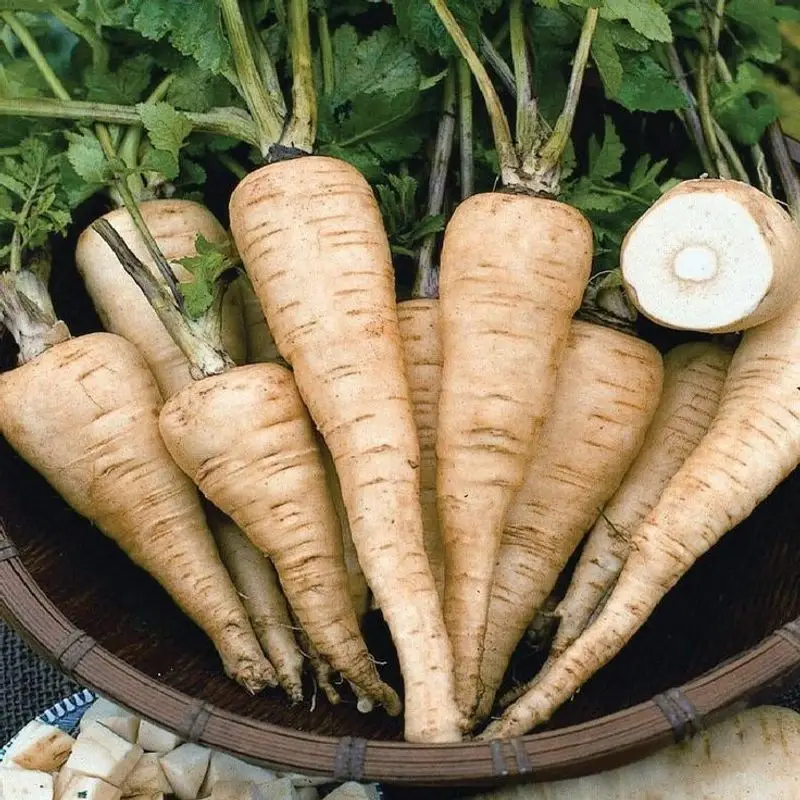
Parsnips, often overshadowed by their carrot cousins, have a sweet, nutty flavor that’s hard to resist. These root vegetables are frost-tolerant, making them ideal for late-season harvests. Rich in vitamins C and K, parsnips support overall health.
Their unique taste adds depth to roasted dishes and soups, offering culinary versatility. Stored properly, parsnips retain their quality over time, enhancing their value in a survival garden. They represent understated elegance and resilience.
Spinach
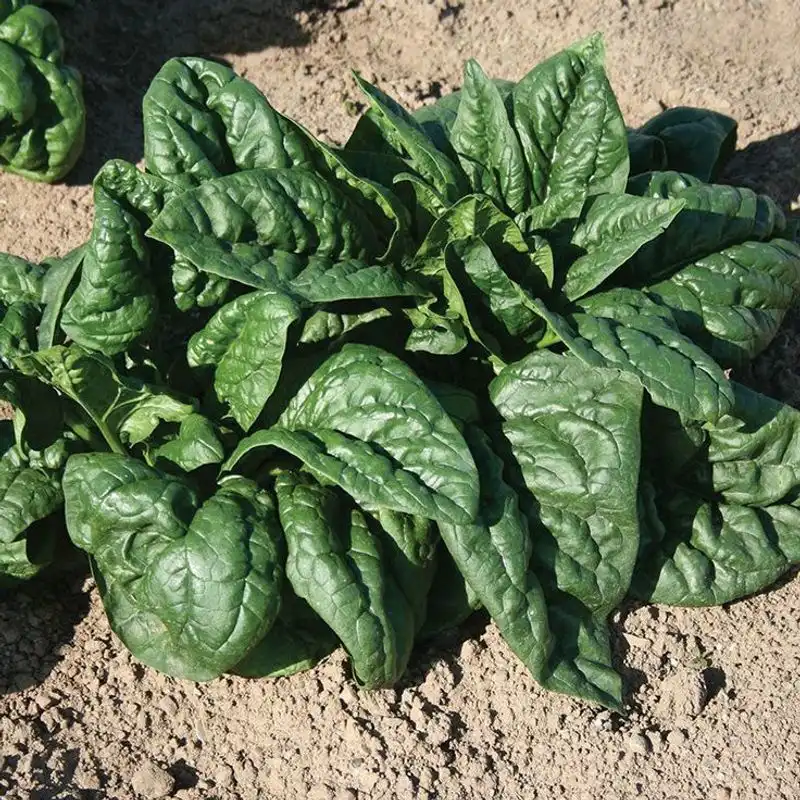
Spinach, renowned for its nutrient density, is a leafy green that thrives in cool weather. This versatile plant is rich in iron and vitamins A and C, supporting energy levels and immune health. Spinach can be grown in a variety of soils, making it accessible to many gardeners.
Whether enjoyed fresh in salads or cooked in dishes, spinach provides a burst of nutrition. Its quick growth makes it a favorite for continuous harvests throughout the growing season. Spinach stands as a testament to the power of greens.
Lettuce
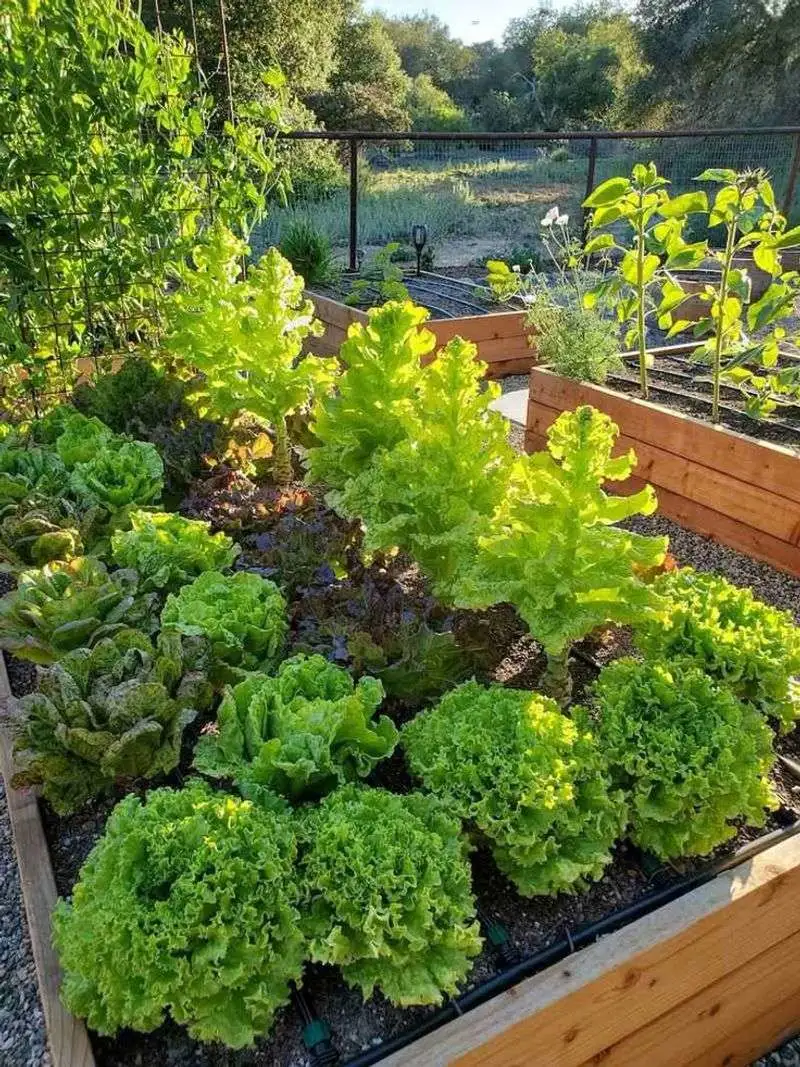
Lettuce, with its crisp texture and mild flavor, is a staple in gardens worldwide. This leafy green grows rapidly and can be harvested multiple times, making it a reliable crop. Rich in vitamins A and K, it supports bone health and vision.
From salads to sandwiches, lettuce offers fresh, crunchy goodness that complements countless meals. Its diverse varieties, from romaine to butterhead, provide endless options for gardeners. Lettuce embodies freshness and renewal in the garden.

